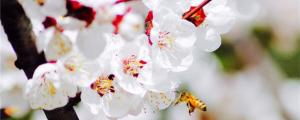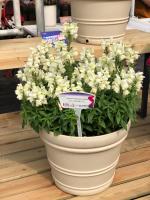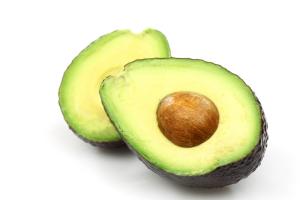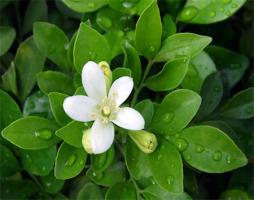How to Brace a Newly Planted Tree
Planting a tree can be a great experience and is an important part of environmental conservation efforts. However, it is essential to ensure that your newly planted tree is well-supported, especially during its early growth years. Bracing is the process of supporting a young tree until its roots are developed enough to hold it in place. This article aims to provide you with a step-by-step guide on how to brace a newly planted tree.
Step 1: Choose the Right Time
Bracing should be done immediately after planting the tree or within the next few weeks. The best time to brace a young tree is during the dormant season or in the early spring before new growth emerges. Avoid bracing during the fall when the tree is losing leaves, or in the summer when it is actively growing.
Step 2: Assess the Tree’s Health
Before you begin bracing, assess the young tree’s health. Check the trunk for any damage or signs of disease. If the tree has been planted poorly or shows signs of root damage, it may not be worth the effort to brace it.
Step 3: Choose the Right Support System
Select the right support system depending on the size and weight of the young tree. The most common support systems used are stakes and guylines. Stakes are single wooden poles placed in the ground, while guylines consist of two or three wooden poles attached to the tree at an angle.
Step 4: Install the Support System
Install the support system immediately after planting the young tree. First, drive stakes or wooden poles into the ground with the pointed end facing away from the tree. The stakes should be angled away from the tree at a 45-degree angle. For guylines, attach the poles to the trunk of the tree with wire or a rubber tie.
Step 5: Secure the Tree
Use tree ties to secure the tree to the support system. The ties should be loose enough to allow for natural movement but tight enough to prevent the tree from leaning too much. Secure the ties around the trunk and stakes or guylines, ensuring that they do not rub against the bark.
Step 6: Monitor the Tree
Check the tree regularly to ensure that the support system is working as intended. Look for signs of damage, such as rubbing or constriction of the trunk. Adjust the ties and support system if necessary.
Step 7: Remove the Support System
Once the young tree has developed strong roots and can stand alone, remove the support system. The removal should be done gradually to allow the tree to adjust to the new conditions. Remove the ties first, followed by the stakes or guylines.
In conclusion, bracing a newly planted tree is a crucial step in ensuring its growth and survival. By following these steps, you can provide the young tree with the necessary support it needs to develop its root system and thrive.

 how many times do yo...
how many times do yo... how many planted tre...
how many planted tre... how many pine trees ...
how many pine trees ... how many pecan trees...
how many pecan trees... how many plants comp...
how many plants comp... how many plants can ...
how many plants can ... how many plants and ...
how many plants and ... how many pepper plan...
how many pepper plan...































